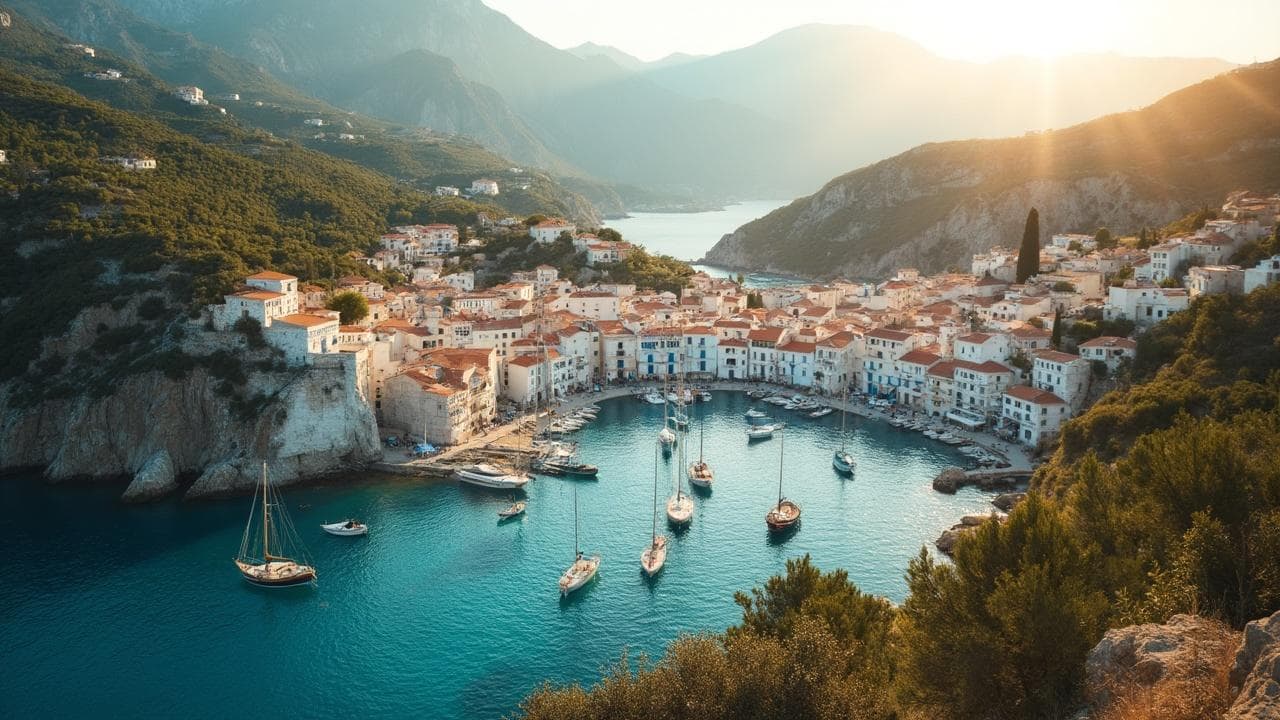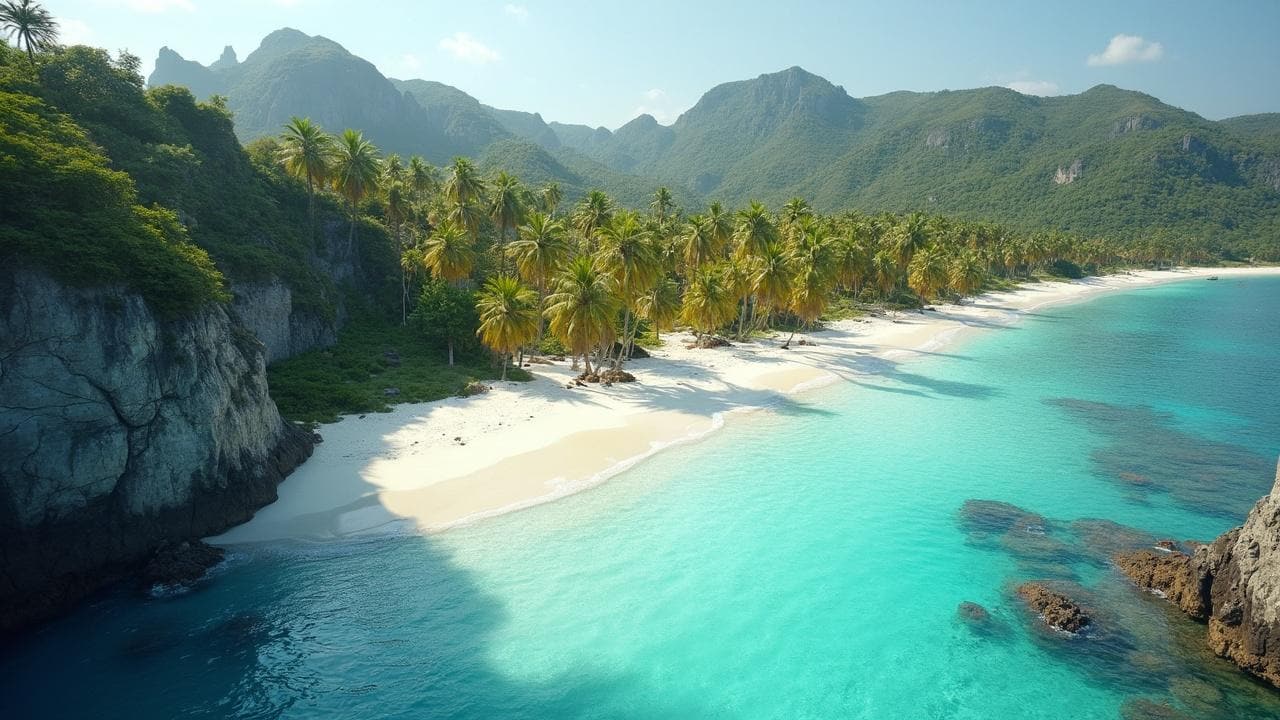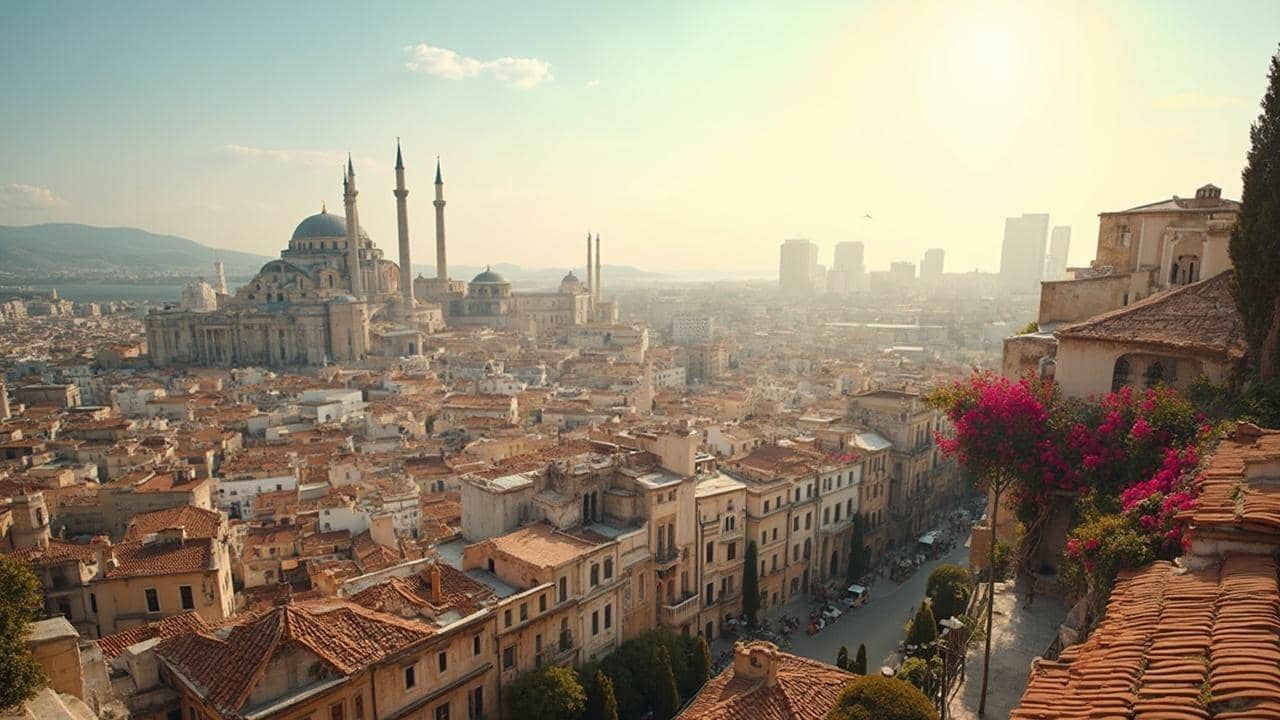Exploring the vibrant and diverse ecosystems of Costa Rica is a thrilling adventure for any nature enthusiast.
From the verdant jungles teeming with wildlife to the pristine beaches and their underwater marvels, Costa Rica offers a rare opportunity to immerse oneself in nature’s untamed beauty.
However, this unparalleled closeness with wildlife creates an urgent need for responsible interaction.
Ensuring harmony between human visitors and the natural inhabitants is crucial for preserving these ecosystems.
As I journeyed through the dense forests and along the rugged coastlines of this Central American paradise, I gathered insights and valuable experiences to share, focusing on safety around wildlife.
In this article
- What are some causes of human-wildlife conflict?
- How does human-wildlife conflict harm animals?
- How IFAW is working to prevent human-wildlife conflict
- Cultivating compassion for all creatures, great and small
What are some causes of human-wildlife conflict?
Maintaining a respectful distance from wildlife is not just for our safety but also the well-being of the animals.
Encounters between humans and wildlife can lead to conflict, a reality I’ve observed firsthand in various parts of the world, including Costa Rica.
One might ponder, why do these conflicts occur? Several factors contribute to the increasing interactions between humans and wild animals.
Expanding human populations and encroachment into natural habitats force animals out of their traditional living spaces, resulting in closer and more frequent encounters with humans.
Agricultural expansion further exacerbates this issue, as wild animals, finding their territories shrinking, venture into human settlements in search of food.
Climate change also significantly alters habitats and food sources, pushing wildlife into closer quarters with people.
In Costa Rica, the lush national parks and protected areas are not just tourist destinations but also the battlegrounds for this growing conflict.
As I ventured deeper into the forests, I acknowledged the importance of understanding these dynamics.
The intricate balance between supporting local communities and protecting wildlife is fragile, and our actions as tourists can directly influence this ecosystem.
How does human-wildlife conflict harm animals?
The repercussions of human-wildlife conflict are not limited to the immediate dangers of confrontation.
The long-term impact on animal populations can be devastating.
In Costa Rica, where biodiversity is among the richest in the world, the effects of these conflicts can lead to a reduction in animal numbers, particularly for endangered species.
Animals that become accustomed to human presence or depend on human-provided food sources can suffer from malnutrition, loss of natural hunting or foraging skills, and increased vulnerability to predators or other dangers.
Furthermore, conflicts often result in human retaliatory actions, including trapping, relocation, or even lethal control, further endangering wildlife populations.
This cycle of interaction and retaliation can disrupt entire ecosystems, affecting the targeted species and other animals and plants within the habitat.
During one of my early visits to a remote Costa Rican village, I witnessed the aftermath of such a conflict—a sight that profoundly impacted my perspective on wildlife interaction.
It underscored the need for strategies promoting coexistence, such as educational programs and initiatives to reduce encounters between humans and wildlife.
How IFAW is working to prevent human-wildlife conflict
Reflecting on these challenges, it’s heartening to learn about organizations like the International Fund for Animal Welfare (IFAW), which implement innovative solutions to mitigate human-wildlife conflicts.
For instance, their use of beehives to deter elephants from encroaching on agricultural land in Africa is ingenious—elephants stay away due to their natural aversion to bees, reducing conflicts and promoting crop safety.
These inspiring strategies demonstrate the potential for harmony between human communities and wildlife.
By adopting similar approaches and fostering respect for the natural world, we can significantly reduce the incidence of conflict.
As travelers, we can make a difference by supporting conservation efforts and respecting local guidelines when visiting natural habitats.
Cultivating compassion for all creatures, great and small
Throughout my travels, I’ve observed that the essence of true adventure lies not in conquering nature but in our ability to coexist with the world around us harmoniously.
In Costa Rica, this philosophy is evident in how local communities and conservationists work tirelessly to protect their natural heritage. It’s a testament to the power of empathy and respect in shaping a sustainable future for all inhabitants of our planet.
Therefore, remember the role we play as stewards of the earth, whether you’re trekking through the rainforests of Costa Rica, exploring Indonesia, or discovering top culinary delights worldwide.
Our actions, big or small, influence the delicate balance of ecosystems. Cultivating a deeper understanding and compassion for wildlife is not just an act of kindness—it’s necessary to preserve our shared world.
So, as I continue my journey, wandering through untouched landscapes and engaging with captivating wildlife, I remain committed to sharing these lessons and experiences.
Encouraging others to travel with a sense of responsibility and wonder is at the heart of my mission.
Together, we can embark on adventures that not only exhilarate but also respect and preserve the incredible biodiversity of destinations like Costa Rica and beyond.



